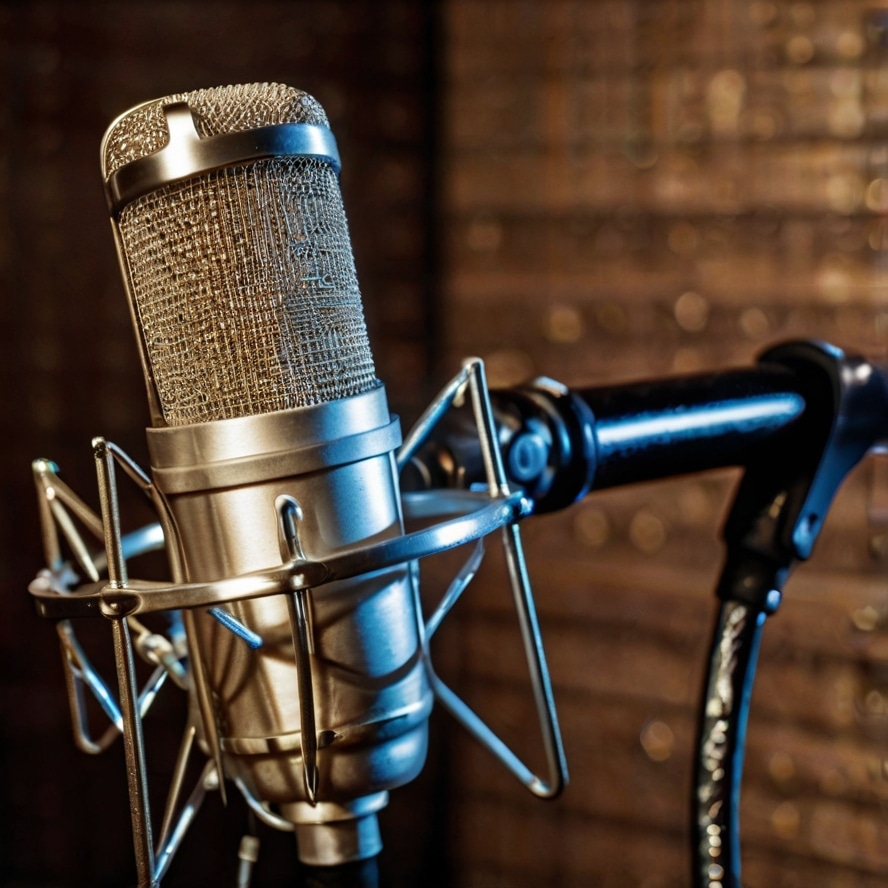I know how overwhelming it can be to figure out why your recordings don’t sound professional, especially when you’re juggling everything it takes to build a successful career in music. That’s why I’m sharing the lessons that helped me stop spinning my wheels and start making real progress. So in the next blogpost, I’ll share with you my number one piece of advice to instantly improve your recordings—the secret to making your home recording sound professional without expensive gear. The biggest lesson I’ve learned after 10 years of recording.
So whether you’re just starting out or trying to improve what you’ve been pursuing for years, these simple but crucial tips will make your recording sound better and sound better fast.
Tip number one:
Performance is everything. Before I worked professionally as a recording engineer, I worked at a London music venue. We hosted the likes of Ed Sheeran, Georgia Smith, and many more. I probably engineered over 1500 acts in the 2 years that I was there. Same gear every night, same microphone, PA, mixing desk, but the results… well, they didn’t always sound so good, no matter how much I tried. Why? Because I wasn’t creating the music, I was only amplifying what was there. And you’ve probably heard it before: in equals out. Nothing new, right? But the most interesting thing happened when someone who was truly great walked onto that stage. I literally didn’t have to do anything. I knew how good music could sound in that room, and it sounded even better. That’s when I learned the value of the performer, and the saying in my head and out is completely rewritten forever as: greatness in equals greatness out.
And so when I started recording vocals day in, day out at Warner Music, the lesson just got clearer and clearer. When you have singers like Anarie or Ray or Mahalia at the other side of the glass, they just sound incredible right away. I barely had to do anything in these circumstances, and the crazy thing is that the majority of the time they’d sing like three or four takes and we’d be done. Then, if needed, they’d punch in a few specific lines and refine a couple of parts. It was pretty black and white: have an idea, try it out, if it works, commit to the idea, and perfection will come naturally through the process. The truth is, the recording process is about making a record of what exists. If it doesn’t sound right coming out of your mouth, it never will. Lean into the imperfections, explore where they take you, they’re what makes your performance feel alive.
Tip number two:
But then someone might say, well, you were working at Warner Music, you probably had the most incredible gear ever, so let’s tackle the biggest myth out there: you need expensive gear to sound professional. If you are listening closely to the last point, you’ll know that all you can do is record what’s there, and that’s it. In its simplest form, can your equipment do the job or not? If you focus on that, your life gets a lot easier, and the professionals know this. When it comes to gear, form follows function, like Steve Lacy recording his DA on his iPhone using GarageBand and an iRig interface. The fundamental job of your equipment is to be able to record, and the ease of you being able to record is so much more valuable than any immeasurable quality of how good something may sound. But obviously, there is a degree of quality that the listeners expect, so let’s tackle that next.
How do you make your home recording sound professional without spending a fortune? Firstly, understand what studios are really for: isolation from the outside world, a quiet space, and great acoustics. But you can recreate that at home with just a few simple tricks. To get away from the outside world, put your phone on do not disturb, shut the door to your room, maybe turn down the lights, then put your microphone with the back to a closet full of clothes or maybe drape blankets around to reduce those reflections. Then move your computer away from the mic to avoid any fan noise. Studios often have separate rooms for noisy equipment, but at home we have to get creative. Doubling the distance between your mic and any noise cuts the audio level in half. So if your computer fan gets loud when you’re recording, just move it further away. Same if you sing with one headphone off, just mute that headphone because it’s only causing unwanted bleed into the microphone. These are small adjustments, but they make a world of difference. The key is to experiment, use what you have to create the best environment possible. Every small improvement, whether it’s moving your computer or recording in a quiet closet, frees up more time to focus on what really matters: creating music you love. When you’re not fighting distractions, you can put all that energy into your performance.
Tip number three:
But also consider this: think creatively. Rather than recording the vocals in the same place every time, if you find, for example, a bathroom that sounds just how you want the reverb to sound, record you vocals in there. The gear doesn’t matter as much as the idea and the execution of it, and that’s how you sound professional.
But the biggest lesson I’ve learned in all this time: simplify. Let me tell you something about breakthroughs. Most of the iconic songs from your favorite artists didn’t come from having endless resources, they came from constraints. It’s the limitations that force creativity. There’s no way that Billie Eilish and Finneas would have created the intimacy that you hear on “Bad Guy” with a million-dollar studio, or Clairo leaning into the simplicity of her viral hits “Pretty Girl” and “Flaming Hot Cheetos.” These artists embraced simplicity and turned it into their strength.
Still don’t believe me? Well, try this trick: when you finish reading this blog, think of a song you loved as a kid but haven’t listened to in forever and picture it in your head before you play it. Then go listen. It will be so different from what you expect, and that’s because your brain doesn’t store technical details, it remembers the emotions, the way that it made you feel. When I first started, I tried to recreate what I heard in my head, but rather than trying different paths to get there, I just piled layers upon layers upon layers. I thought more was better: more plugins, more tracks, more effects. But listen to those songs that inspired you. Simplicity wins every time. When you strip everything back, you give music the space to breathe and the performances room to shine. So instead of chasing perfection, embrace the limitations. They might just lead you to your next breakthrough.
And in the decade or so that I’ve been recording, when and where we record has changed a lot—whether it’s in a bedroom or a hotel room or a professional studio, so much has changed. But there’s an overwhelming factor that hasn’t: you need to protect the performance at all costs. It’s like trying to chase and bottle a cloud, and you only have a certain window to catch it. You might think that would be to set up the gear and get all the technical aspects of things ready, and you’d be half right, but probably for the wrong reasons. It is our job to make sure the artists walked into the most freely creative space possible, and that there would be no unnecessary stoppages to the session. Flow was protected at all costs.
This whole blog I’ve been saying how important the performer is in recording, and I cannot underline how true this is. Why? Because 95% of the job is done by the performer and only a small percentage is done by the actual recording process. So the majority of all the effort needs to be put on making the best environment for them to do their best. Whether it’s yourself singing or somebody else, any slight disruptions can have huge detriments to a session, and you could lose your best idea for the stupidest and most avoidable of reasons. That’s why it’s so important to reduce stress, create comfortable environments, and make sure the performer feels supported. The best recording sessions happen when the artist feels safe to experiment. When the room feels right, the music will follow. And with writing sessions and recording sessions somewhat merging nowadays, it’s more crucial than ever. So many times I get emails from artists needing the original demo files because they couldn’t recreate the vibe they had on that initial day because the energy that they captured was unbeatable. And that’s the hard truth of all the things that I’ve learned. You probably have everything you need right now to make a professional recording. It’s just a matter of knowing what to prioritize. If you spend all of your time chasing the perfect gear, you’re missing the point. Focus on collaboration, craft, and creativity. Use what you have to make great music. You’d be really surprised at how quickly you can get into a position where your music is sounding more professional than ever if you invest time and money on fixing the most important things first: performance and songwriting.
So if you’re ready to create better music, explore our website to get all the free resources we provide, and start today!



